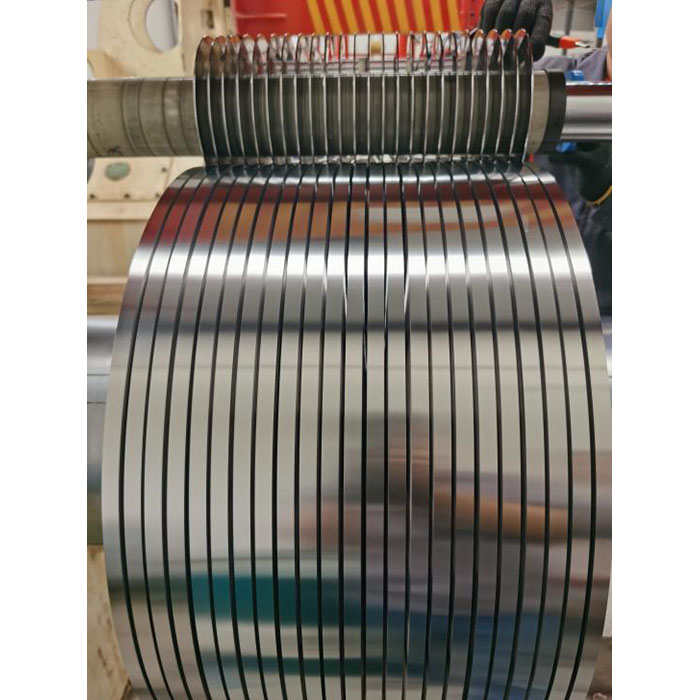

Stainless steel clamps are an important industrial product. Stainless steel clamps, also known as steel band clamps or clamps, are a type of clamp made of stainless steel for connecting pipes or other hoses. It is usually made of 304 and 316 stainless steel. It is mainly used to fix and seal pipes or hoses to ensure the stability and safety of the connection.
Stainless steel clamps have super strong fastening force and can provide stable connection effects in different environments. They are corrosion-resistant, high-temperature-resistant and wear-resistant, and are suitable for a variety of industrial environments. The edges are smooth, easy to install, and not easy to damage the pipeline during use.
The maximum pressure that a stainless steel clamp can withstand is not a fixed value, but is affected by many factors, such as pipe diameter, pipe wall thickness, connection method, material and structure of the clamp. In terms of materials, different materials have different strengths, hardness and toughness, so the pressure bearing capacity is also different. Structurally, the pressure bearing capacity of a one-piece clamp is usually stronger than that of a split clamp, because the one-piece clamp has fewer connection points and is more solid.
Range of pressure bearing capacity: The pressure resistance of ordinary stainless steel clamps can reach more than 100Bar, but the specific value needs to be considered in combination with the actual situation.
The influence of size and specifications: The maximum pressure that pipe clamps of different diameters, wall thicknesses and lengths can withstand will also be different. For example, cast iron clamps have the highest pressure resistance and can generally withstand pressures above 16Mpa; while the pressure bearing capacity of stainless steel and aluminum alloys is relatively low, generally around 10Mpa.
When choosing a stainless steel clamp, it is necessary to select the appropriate model and specification according to the actual situation to ensure that the pressure bearing capacity of the clamp can meet the requirements of the pipeline.
During use, the clamp should be checked regularly to avoid leakage or safety accidents due to looseness.
